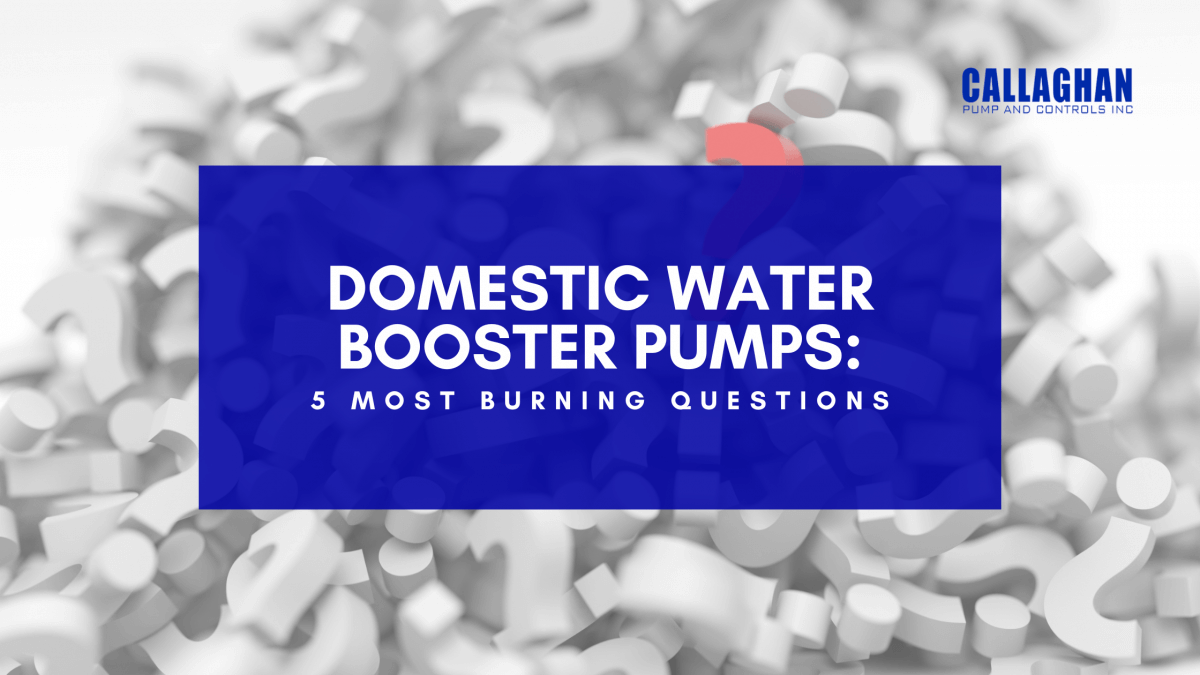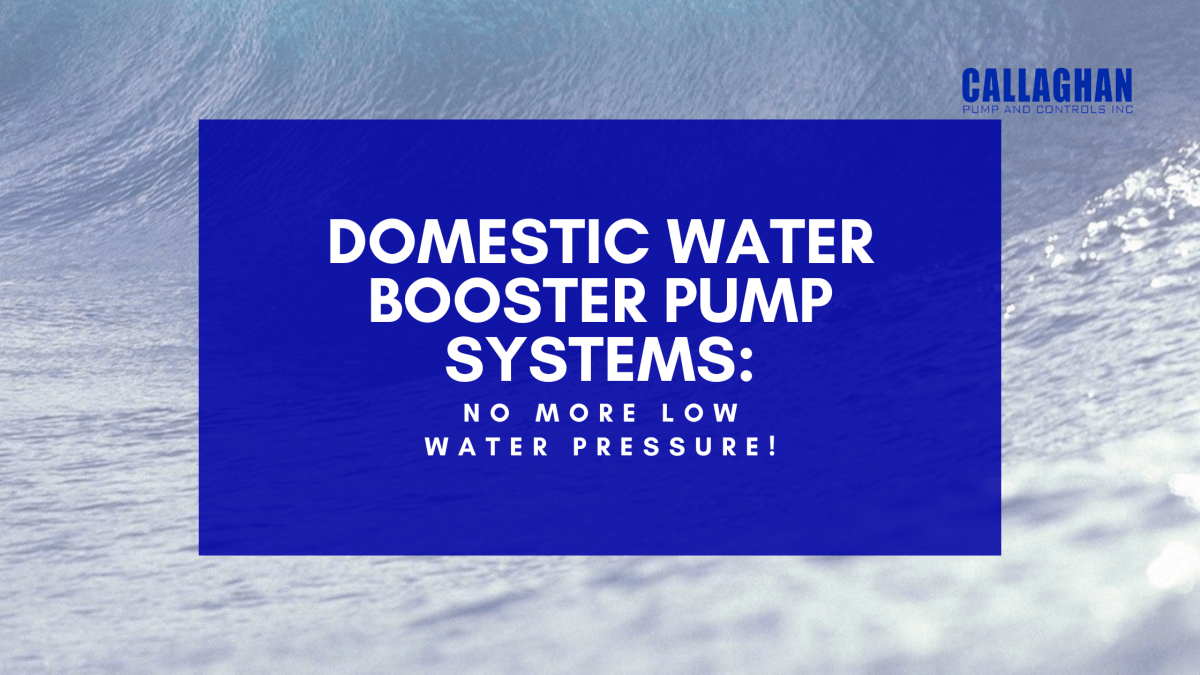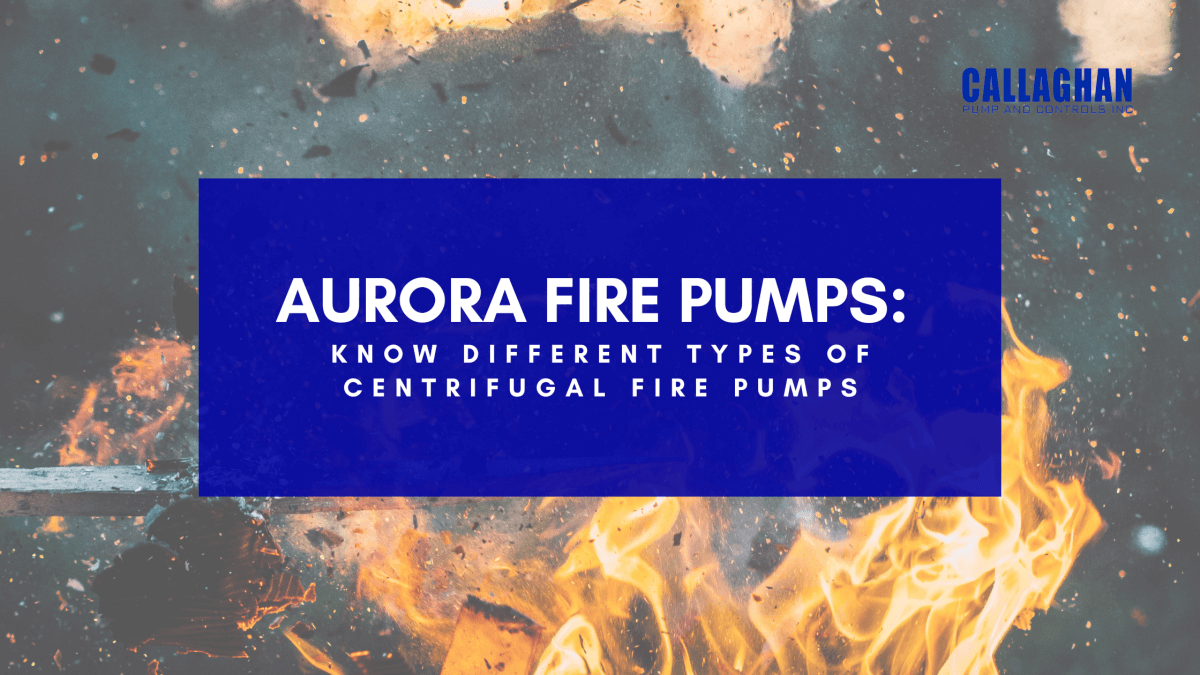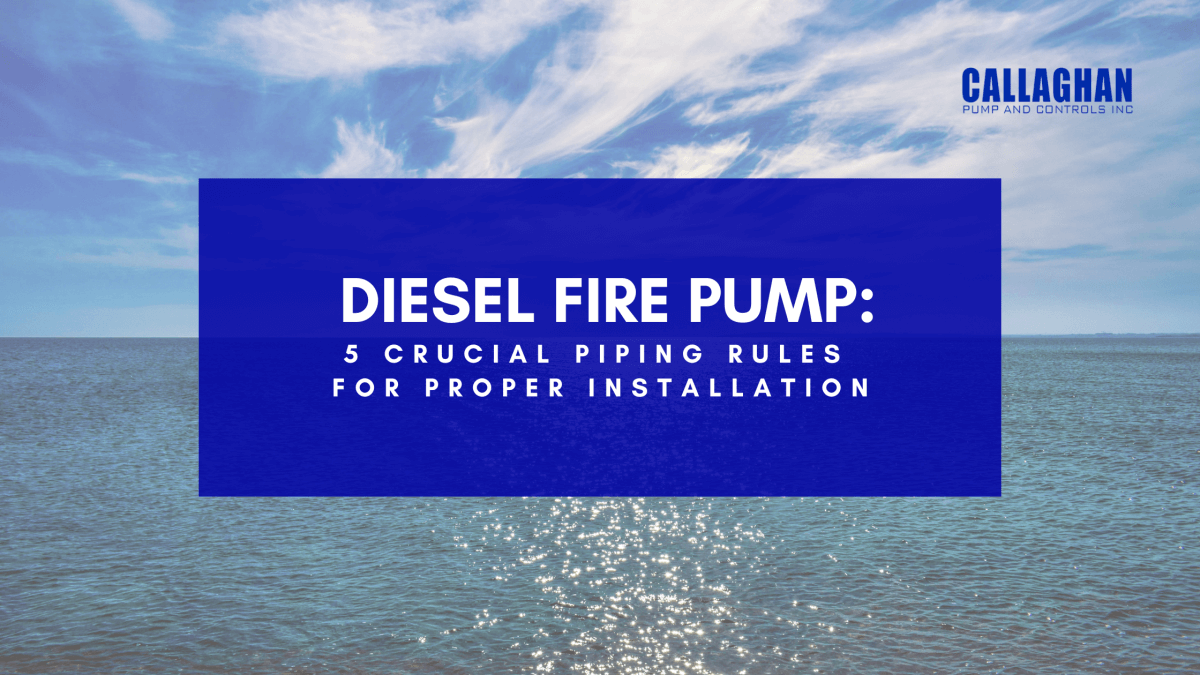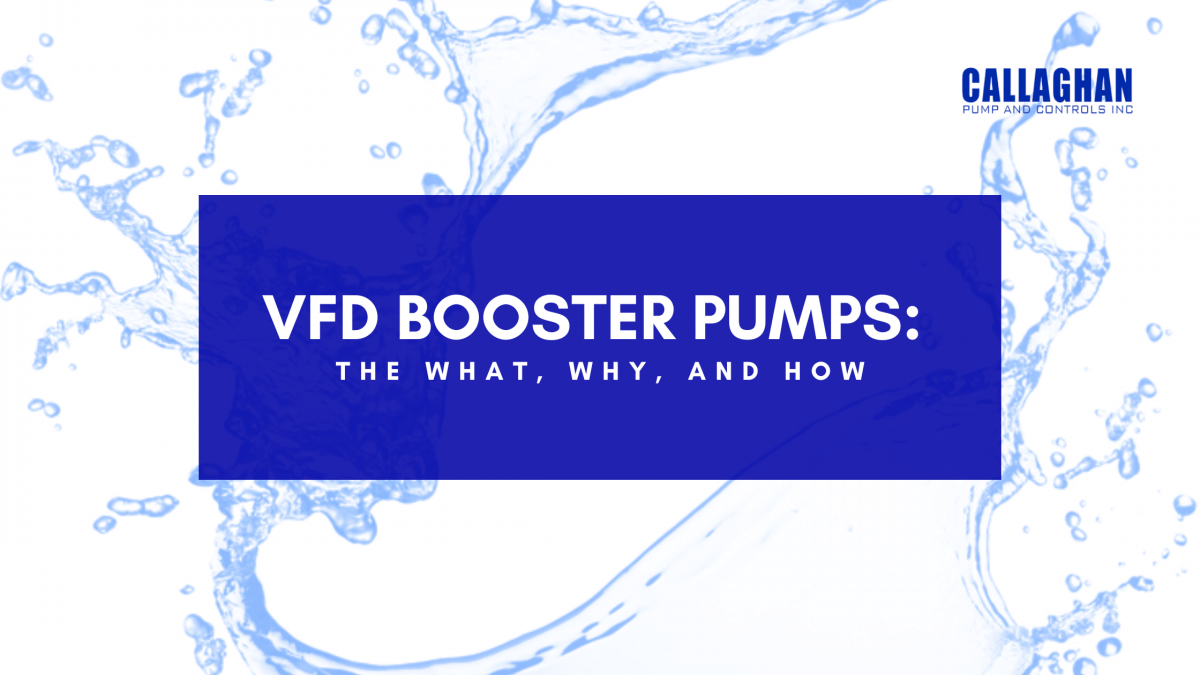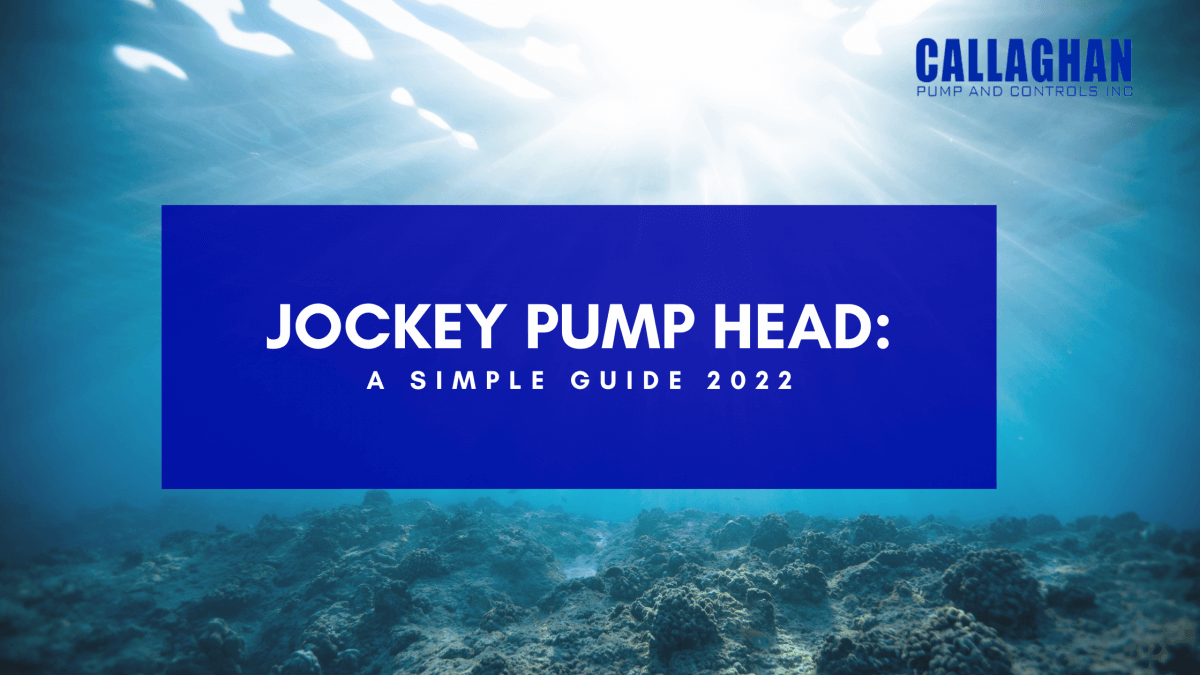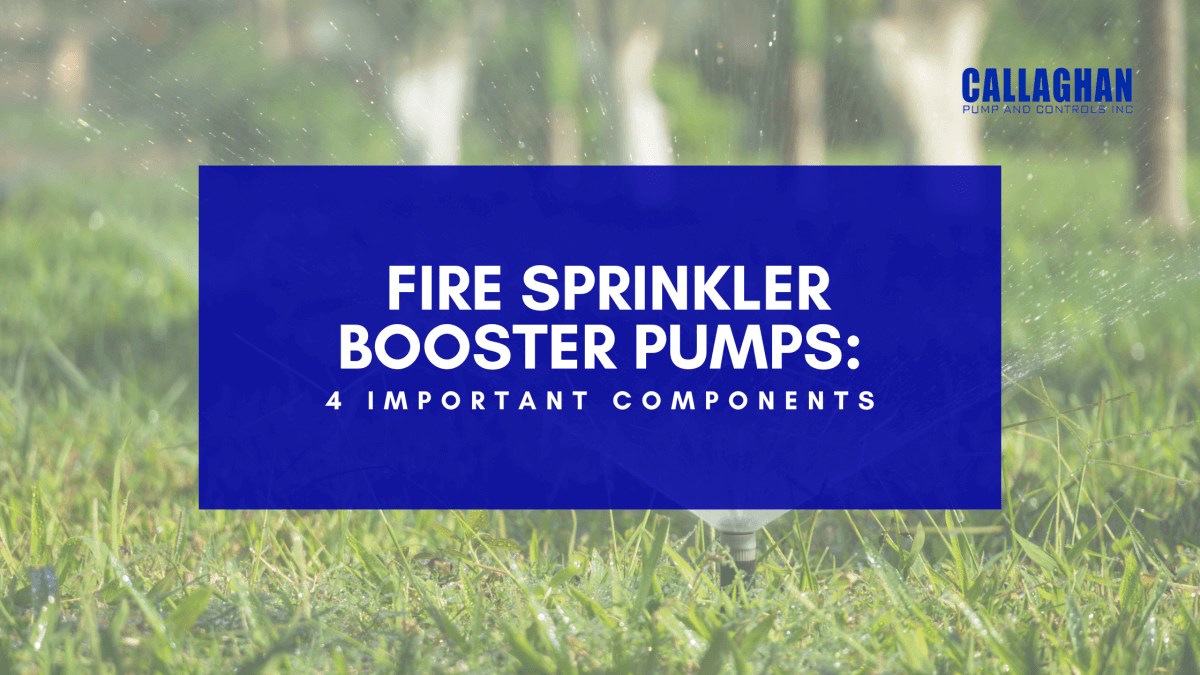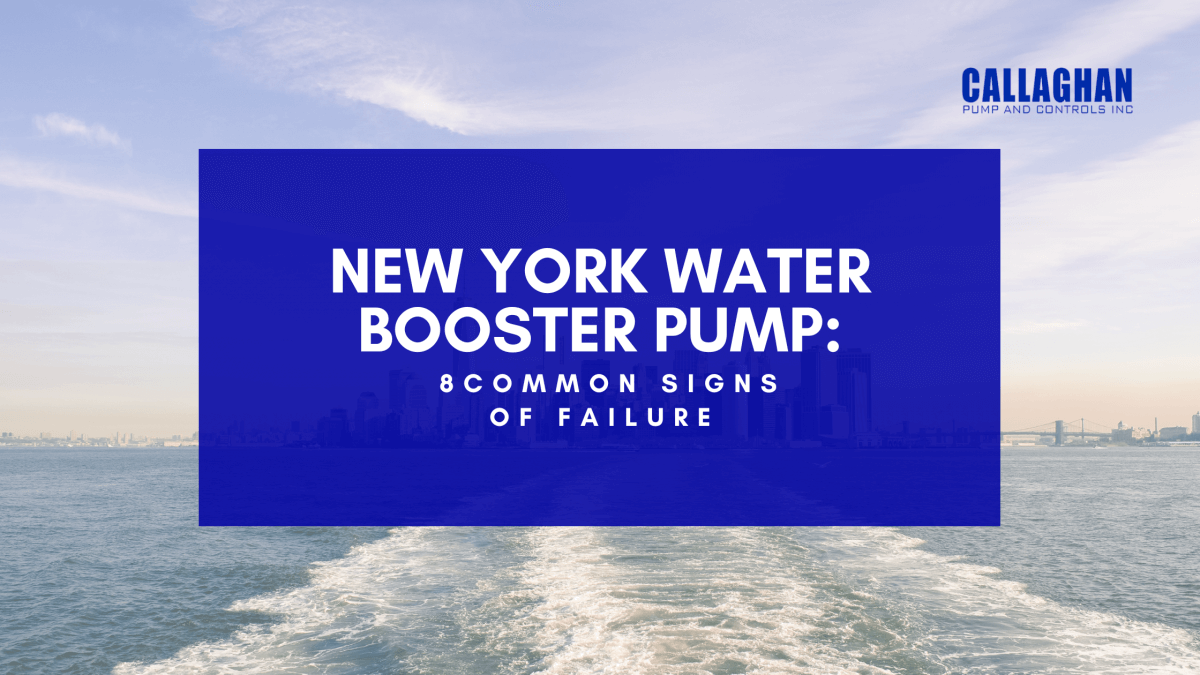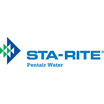When it comes to boosting your domestic or industrial water pressure, there are two types of water booster pumps available in the market: The traditional booster pump and the VFD water booster pump. Be sure to do your research about the differences between these two different technologies and then make a choice based on the cost, performance, and reliability. That being said, let’s make a fair comparison.
VFD Water Booster Pump vs Traditional Pump
Low water pressure is common in high-rise facilities since they are tall and impose more water pressure issues. This is why there is an increase in the installation of water pressure booster systems to eliminate low water pressure in such buildings. Often known as on-off controlled pumps, these pumps require a large pump shaft and are likely to cause secondary pollution of water.
They incorporate some type of pressure switch, bladder tank, and flow switch. Because traditional water pressure boosters are composed of a water tower, high water tank, or pressure tank pressurization equipment, they have a high equipment investment cost.
Also known as pump variable frequency controllers, VFD pumps, in recent years, have been widely used in constant pressure water supply systems, firefighting apparatuses, water treatment plants, and more areas. Compared to traditional water pumps, they are more reliable when you want to control the pressure rate at which the pump distributes the water.
Top Advantages of Using VFD Drives over Traditional Pumps
By using the VFD water booster pump, you can quickly create a constant-pressure water system with obvious energy-saving effects. Here are the benefits of using VFD pumps.
-
- Energy: Compared to traditional pumps, VFD pumps can help you save 20-40% on electricity.
-
- Function: VFD pumps are of a small accounting area, require less investment, and have high working efficiency. They also come with high configuration flexibility, automation, and performance.
-
- Cost: With a soft start and stop, VFD water pressure booster systems eliminate the water hammer effect and reduce the average motor shaft torque and wear.
-
- Life Span: VFD water booster pump not only reduce the maintenance cost, but also improve the life span of the pump and the water supply system as a whole.
-
- Pollution: Since the VFD water pressure system gets water directly from the source, it reduces the secondary pollution and prevents infectious disease transmission.
-
- Control: VFDs achieve complete control, saving manpower. Their speed is proportional to the pump head, and the shaft power is equal to the product of flow and head.
-
- Applications: VFD pumps are great for high-rise buildings, urban and rural residential areas, enterprises, and so forth. They are also commonly used in various industrial, constant water control needs, including cooling water, heating network water cycle, boiler feed water, and so on.
If you are interested in the VFD water booster pump or want to learn about the booster pump sizing, contact us. Our technical support will cater to your unique water booster needs and answer you as soon as possible.

